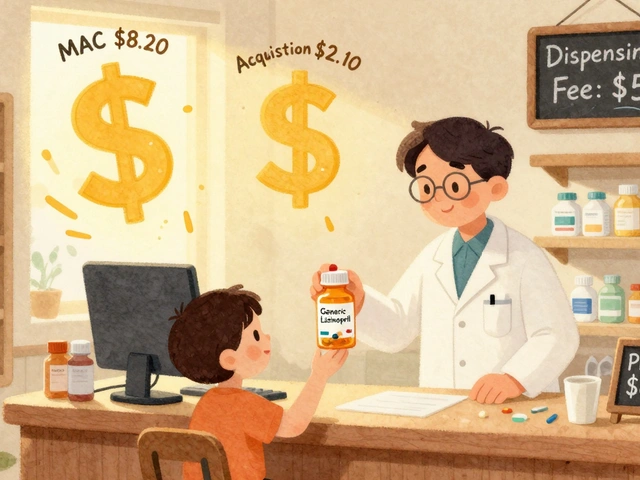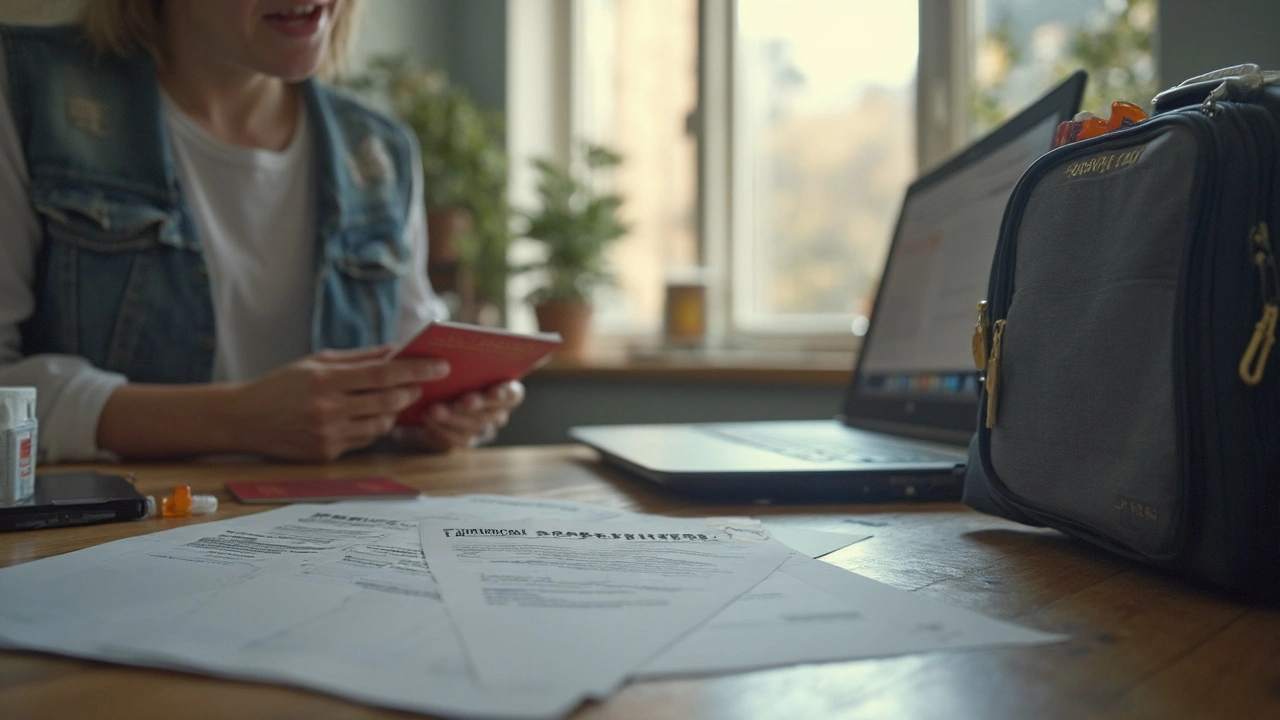Prescription Drug Quantity Limits: What They Mean for Your Meds
Prescription drug quantity limits are rules set by insurance plans, pharmacies, or pharmacy benefit managers (PBMs) that cap how much medicine you can get at one time. These limits pop up as 30-day supplies, 14-day supplies for certain controlled drugs, or specific pill counts. They aim to curb misuse, control costs, and follow safety rules — but they can cause hassles for people on stable, long-term treatment.
Common types of limits and why they matter
Most commercial plans let you fill a 30- or 90-day supply for chronic meds. Many PBMs push 90-day fills through mail-order or preferred retail partners to lower costs. Controlled substances (some painkillers, stimulants, certain sedatives) often face stricter caps — for example, a 7- or 14-day supply on first fills. Specialty drugs may be dispensed in limited units because of high cost or monitoring needs.
Why care? If your plan limits quantities, you could face more trips to the pharmacy, extra copays, or even gaps in treatment if a refill is delayed. That hits work, travel plans, and health. Knowing the rules ahead of time makes the difference.
Practical steps to get the supply you need
1) Check your plan and pharmacy rules now. Look at your insurance formulary or call customer service to confirm allowed day-supply and whether a 90-day option exists.
2) Ask your prescriber for a longer written supply where appropriate. A doctor can request a 90-day dispense, write a note saying "medical necessity," or include the exact pill count to match a plan’s limit.
3) Use prior authorization when needed. If a plan restricts a drug, your provider can submit a prior authorization showing why a longer supply or higher quantity is needed. That often fixes the problem but takes a few days.
4) Consider mail-order or preferred pharmacies. Many plans require 90-day refills through specific mail-order services or preferred chains. Mail-order can lower copays and reduce pharmacy visits, but check delivery timing to avoid gaps.
5) Sync refills and plan ahead for travel. Ask your prescriber to synchronize medications so multiple drugs refill on the same date. If traveling, request early refills or carry documentation in case of questions crossing borders.
6) Know your options if limits cause trouble. If a quantity limit causes a treatment gap, discuss alternatives with your clinician — switching to an equivalent drug with easier rules, or a temporary shorter dosing plan — and ask the pharmacy about emergency fills in urgent cases.
Finally, document everything. Keep records of prior auth approvals, emails with your insurer, and notes from pharmacy calls. These make appeals faster if a refill is denied. Quantity limits can be frustrating, but with a little planning and clear communication with your prescriber and pharmacy, you can avoid gaps and often lower your out‑of‑pocket cost.
24
Navigating Customs Laws: Key Rules on Importing Medication into the USA
Get all the facts you need about customs regulations for importing medication into the USA. This article goes deep into the rules about prohibited substances, prescription drug limits, and how U.S. Customs enforces these laws. Packed with tips, surprising facts, and practical advice, it's the real guide anyone needs before ordering meds from abroad. Stay within the law, keep your meds safe, and know your options.
Latest Posts
Popular Posts
-
 Pharmacy Reimbursement: How Generic Substitution Impacts Pharmacies and Patients Financially
Pharmacy Reimbursement: How Generic Substitution Impacts Pharmacies and Patients Financially
-
 Over-the-Counter Medication Safety: Hidden Ingredients and Interactions You Can't Afford to Ignore
Over-the-Counter Medication Safety: Hidden Ingredients and Interactions You Can't Afford to Ignore
-
 Constipation from Medications: Complete Management Guide
Constipation from Medications: Complete Management Guide
-
 Dangerous Hyperkalemia from Medications: Cardiac Risks and Treatment
Dangerous Hyperkalemia from Medications: Cardiac Risks and Treatment
-
 Generational Differences: How Age Shapes Attitudes Toward Generic Medications
Generational Differences: How Age Shapes Attitudes Toward Generic Medications



